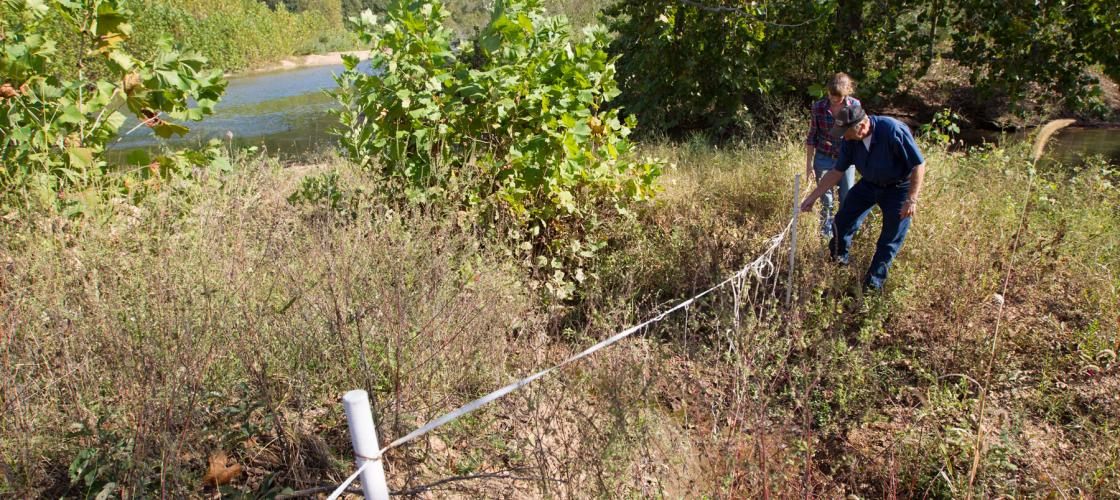Browse the pages in this section to learn about management practices like disking and prescribed burning, which can boost bioactivity and help attract wildlife to your land. But before putting in the time and resources, be sure to first create a management plan that fits your property’s potential.
Evaluate and Plan
For successful habitat improvement, begin by evaluating your land's habitat potential. After making a wildlife habitat inventory, you can create a management plan with practices that will not only increase the number and diversity of wildlife on your land but also increase its overall productivity and value.
The following questions by habitat type will help you evaluate your current management of these areas in terms of benefits to wildlife. Ideally, you should answer “Yes” to every question.






















